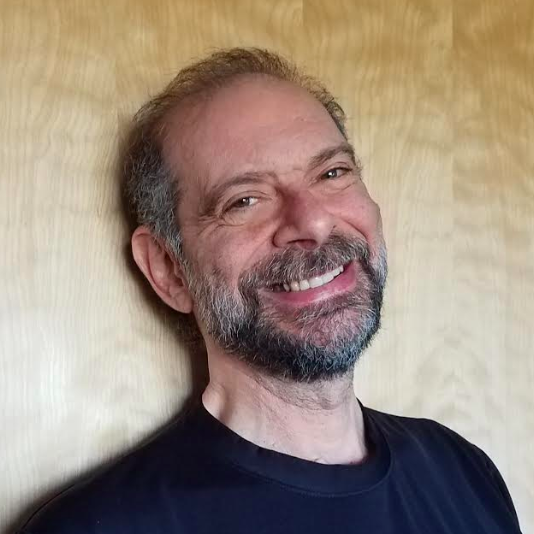Just yesterday, I posted an overview of various waste-to-energy initiatives as part of our series on biofuels. Today, I am here to tell you about a new development that extends this concept into new territory—the use of biomass to generate even cleaner electricity, directly through the use of a fuel cell.
The idea of capturing biogas at wastewater facilities and using it to provide power is not new. For many years, plants have been using anaerobic digestion technology to produce biogas which was then burned to produce power in conventional gas turbines, while reducing the quantity of residual waste at the same time.
In California, the Inland Empire Utilities Agency (IEUA) has been using digester gas to provide power to their plant for some time. However in the face of increasingly stringent air quality regulations for power generation, they decided to move up to a cleaner solution.
Working in conjunction with Anaergia Services, a division of Anaergia, provider of biogas production systems, and Fuel Cell Energy, makers of molten carbonate fuel cells (who we profiled earlier this year), the company implemented a 2.8 MW fuel cell solution that provides super clean power to help run the RP-1 treatment facility in Ontario. The project came about as a public-private partnership in which Anaergia owns the power plant and sells power to IEUA under a purchase power agreement (PPA). This allowed the project to move forward without the need for a major capital campaign, while helping IEUA to meet its environmental objectives. The twenty-year agreement is largest of its kind to date.
I guess if we can have “clean coal,” then we can also have “clean poo-power,” which, by the way, is far cleaner and ready to go.
According to Terry Catlin, Board President, Inland Empire Utilities Agency, “Installation of this fuel cell operating on renewable biogas is an important component of our renewable energy generation strategy. The clean electrical generation process and the reliable 24/7 operating nature of the fuel cell will help us attain the objectives of our strategic energy plan and position us to meet ever more stringent clean air emission requirements.”
Fuel Cell Energy’s molten carbonate fuel cells are unique in that they can run on pipeline quality natural gas, rather than pure hydrogen like most other fuel cells. That makes them ideally suited for projects of this type. But since natural gas does contain carbon, there is some CO2 given off. The amount is small enough, however, for the technology to be given an “ultra-clean" designation by the California Air Resources Board (CARB).
The enclosed video from Anaergia is a computer simulation that describes their process. (Warning: Simulated poop alert!)
Anaergia Inc’s CEO, Steve Watzeck, said, on the occasion of the launch, “The RP-1 Fuel Cell Project with the Inland Empire Utilities Agency is a world-class example of how energy self-sufficiency can be achieved by generating renewable and cost effective electricity on-site under a power purchase agreement. This project will have a lasting and positive impact on the area by reducing greenhouse gas emissions in California's South Coast Air Quality Management District and providing long-term electricity cost savings to the district.”
Like yesterday’s story about Fiberight, this is another great example of the kind of distributed, synergistic process that emulates the way things work in the natural world, where truly, nothing is wasted. This is definitely the direction we need to take if we are going to attain a sustainable future.
[Image credit: sandwichgirl: Flickr Creative Commons]
RP Siegel, PE, is an inventor, consultant and author. He co-wrote the eco-thriller Vapor Trails, the first in a series covering the human side of various sustainability issues including energy, food, and water in an exciting and entertaining format. Now available on Kindle.
Follow RP Siegel on Twitter.

RP Siegel (1952-2021), was an author and inventor who shined a powerful light on numerous environmental and technological topics. His work appeared in TriplePundit, GreenBiz, Justmeans, CSRWire, Sustainable Brands, Grist, Strategy+Business, Mechanical Engineering, Design News, PolicyInnovations, Social Earth, Environmental Science, 3BL Media, ThomasNet, Huffington Post, Eniday, and engineering.com among others . He was the co-author, with Roger Saillant, of Vapor Trails, an adventure novel that shows climate change from a human perspective. RP was a professional engineer - a prolific inventor with 53 patents and President of Rain Mountain LLC a an independent product development group. RP was the winner of the 2015 Abu Dhabi Sustainability Week blogging competition. RP passed away on September 30, 2021. We here at TriplePundit will always be grateful for his insight, wit and hard work.














